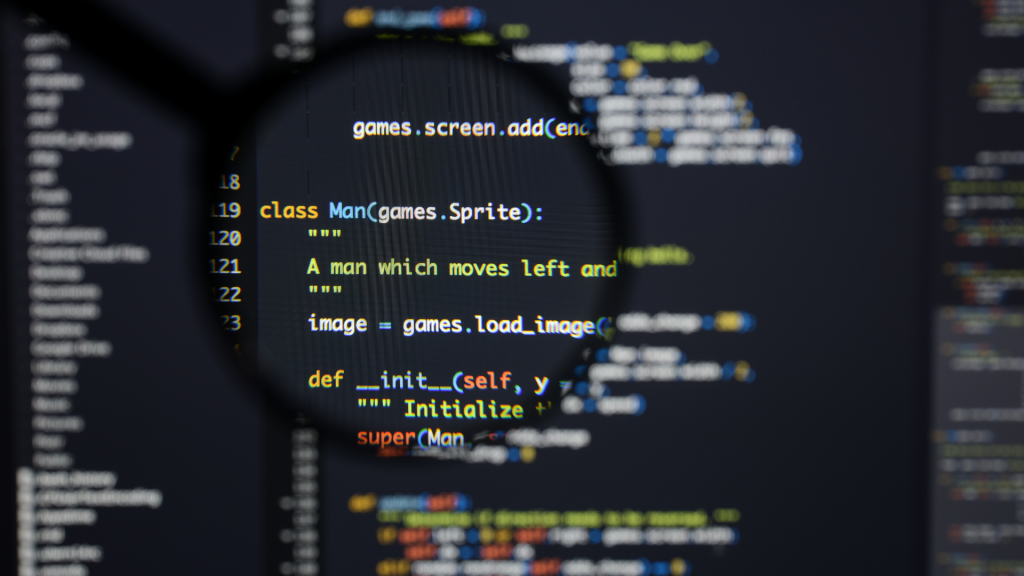By default, Python tries its best to run the code as fast as possible. The control flow inside each function is called a statement, and Python allows one statement per line. However, not all programs can be coded as a series of independent statements (like in, say, a tic-tac-toe game). Often, they are going to be nested, which means they happen one after the other. In nested statements, you often want one statement to run after the other but not necessarily after each other.
Have you ever wanted to make a Python program better but did not know how? Maybe you have tried to modify existing code or write your own—but you have trouble understanding what is going on. There is a new Python feature that will let you better understand what is going on inside your Python programs. This new feature is called While-True-Break. It is kind of like a “do while” loop, but instead of having a conditional inside the loop, you place the condition inside the while loop.
While-True-Break (WTB) is a predicate testing idiom that allows us to evaluate the condition of an expression and break execution when an expression evaluates to false. While-True-Break is a conditional breakpoint, in Python, it is not standard, so it has more features than breakpoints. Python also does not use try/except blocks to break, so While-True-Break is used instead. While-True-Break in Python performs the break-step of two loops and stops the loop when all while loop iterations are done. The while loop iterates while the specified condition (break) is true.
The While-True-Break construct in Python will never break. Sure, you can use it to break out of loops, but you never want to. While-True-Break is a Python construct that is especially useful for unit testing. It is particularly useful with testing functions that return multiple values. They often have return values that must be either None, True or False. A While True Break loop does not break. It is a kind of loop that contains a condition, and as long as the condition is true, it will run the code in the loop.
Python allows programmers to write code in between statements that loop. For example,
while True:
print ‘The loop keeps going!’
print ‘The loop is broken!’
While-True-Break adds to this capability. You use While-True-Break inside a statement block. Python executes the block as long as True is True. When True is no longer True, Python stops executing statements in the block.
When conditional programming is used to execute a block of code only if a condition is true, the Python programming language uses the :while-true-continue: construct. Any code inside the :while-true-continue: construct will continue even if some condition inside the :while-true-continue: construct is false.
The Essence of While-True-Break in Python:
When programming in Python, the while keyword is used to launch multiple blocks of code on their own. When execution halts, the block ends its execution, and the control is returned to the parent function. Sure, this seems simple enough, but it gets interesting when the while loop has nested loops. Programming in Python is great fun. After all, Python is an easy language to learn and easy to write. But what gives Python such power, where programmers can easily manipulate any Python language expression? As its name suggests, Python works in a way that is related to loops. Loops give control flow to code, meaning they can repeat blocks of code until a certain condition is met, or they can stop executing code and control flow. The Python programming language has other constructs which are repetitive, like conditionals or statements. But loops are the most fundamental concept in Python than other languages like C, C++, JavaScript, Ruby, C#, and others emulate in some way.
Python is a high-level programming language that is used for scientific/engineering and statistical applications. When making programs, we frequently need to use the While-True-Break statement to execute code when a condition is met. This is true in Python, but different statements can be used.
While-True-Break is a way of looping over a set of code where the first loop iteration will execute code only if a condition is true. This is very useful when you want to check a variable for existence before executing code.

